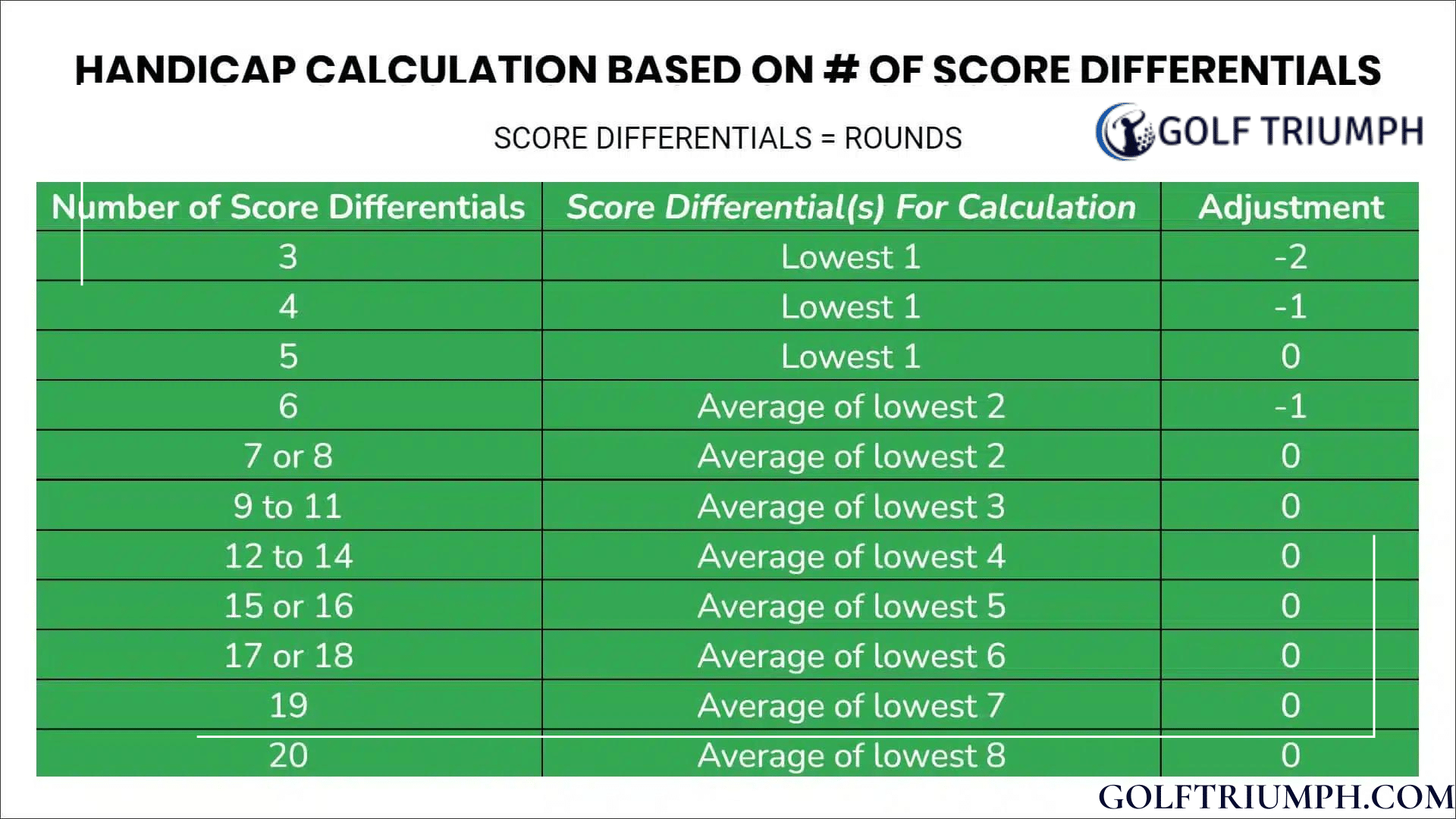
Golf, a game of patience and precision invites enthusiasts into a world where skill, strategy, and serenity seamlessly intertwine. golf is a game where every shot counts towards a player’s ultimate score. Yet, the true essence of golf lies not just in the ability to make par but in creating a level playing field for golfers of all skill levels. This is where the concept of handicap comes into play.Understanding golf handicap rules and benefits can significantly enhance your game and overall experience on the course. In this article, we’ll dive into the intricacies of handicap in golf , unraveling how they are calculated, their purpose in leveling the playing field, and the numerous advantages they offer to both beginners and advanced players. By the end, you’ll gain a clearer understanding of how handicaps work and how they can be a powerful tool in your golfing journey.
Understanding Golf Handicaps

Golf handicaps are essential for leveling the playing field among players of varying skill levels. By adjusting scores to reflect a player’s potential, handicaps enable golfers to compete fairly. However, This will help you understand different handicap levels, from beginners to seasoned pros, and their impact on the game
In golf, what is a handicap?
In golf, a handicap is a numerical representation of a player’s potential. Players with varying skill levels can compete equally because their scores are adjusted to reflect their respective talents. The handicap index, in essence, evens the playing field.
What is a Good Handicap in Golf?
In golf, a decent handicap is generally seen as being between 10 and 18 for men and between 18 and 24 for women. However, this range denotes a golfer who can score well on most golf courses and is above average.
What is a High Handicap in Golf?
In golf, a high handicap is typically 25 or above. High handicap players are often beginners or infrequent players. Compared to more seasoned players, they need to use more strokes to finish a round.
What is a Low Handicap in Golf?
In golf, a low handicap is usually less than ten. These golfers can regularly play to a high standard because they are extremely skillful. With a 0 handicap, a scratch player is able to play to the course rating.
What is a Plus Handicap in Golf?
Golfers who are better than a scratch player are classified as having a plus handicap. These golfers consistently score below par, as indicated by their negative handicap.
How is a Handicap Index Calculated?

The World Handicap System (WHS) has standardized the handicap calculation process worldwide, enabling players to more easily comprehend their handicap index regardless of where they play.
Collecting Scores
You must submit 20 scores from rounds played on any golf course in order to get your handicap. The playing conditions and course difficulty are taken into consideration while adjusting these scores.
Score Differential
The following formula is used to convert each score into a score differential:
Score Differential = (Slope Rating * Adjusted Score − Course Rating * Slope Rating)×113, where Slope Rating is the slope rating and Adjusted Score is the course rating.
The gross score less any handicapped strokes obtained is the adjusted score. The slope rating shows the relative difficulty of a course for bogey golfers, whereas the course rating assesses a course’s difficulty for scratch players.
Calculating the Handicap Index
The lowest eight differentials out of the twenty are averaged, and the result is multiplied by 0.96 to get the handicap index. After that, the average is rounded to the closest tenth.
Handicap Index is equal to (∑Lowest 8 Differentials 8) × 0.96.
Handicap Index is equal to (8 ∑Lowest 8 Differentials)×0.96.
This index represents your potential ability and is updated as more scores are submitted.
Understanding Course Handicap

The handicap index is translated to a particular course by the course handicap. This formula is used to compute it:
Course Handicap = (Slope Rating 113 × Handicap Index ) + (Course Rating − Par )
Course Rating −Par + (113 Handicap IndexSlope Rating) = Course Handicap
Golfers may compete fairly on various playing conditions and golf courses by knowing how many strokes they can deduct from their gross score to obtain a net score.
What is a 10 Handicap in Golf?
In golf, a golfer with a 10 handicap usually scores roughly ten strokes over the course par. This golfer can play well in amateur competitions and is regarded as having a good talent level.
What is a 15 Handicap in Golf?
In golf, a player with a 15 handicap typically finishes 15 strokes over par. This player consistently performs far above average.
What is a 20 Handicap in Golf?
A golfer with a 20 handicap indicates that they are roughly 20 strokes over par. Although he has space for growth, this golfer is frequently regarded as having a mid-to-high handicap. He shows a decent comprehension of the game.
World Handicap System – A Global Standard
The World Handicap System (WHS) was introduced to ensure uniformity and fairness in the game. It unites the numerous handicap systems around the world, allowing golfers to compete on courses worldwide and better understand their handicap index..
Conclusion
Anybody who is serious about golf has to understand what a handicap is and how the handicap system operates. Knowing your handicap index and how to compute it can improve your enjoyment and competitiveness in golf, regardless of your skill level. The handicap system guarantees that all golfers, regardless of ability level, can participate in fair and enjoyable competition by leveling the playing field.
In order to promote inclusivity and justice in the game, the World Handicap System has made handicapping players easier than ever to learn and apply. Accept the advantages of the handicap system and enjoy the excitement of golf while gaining a better awareness of your own abilities and areas for personal development.





